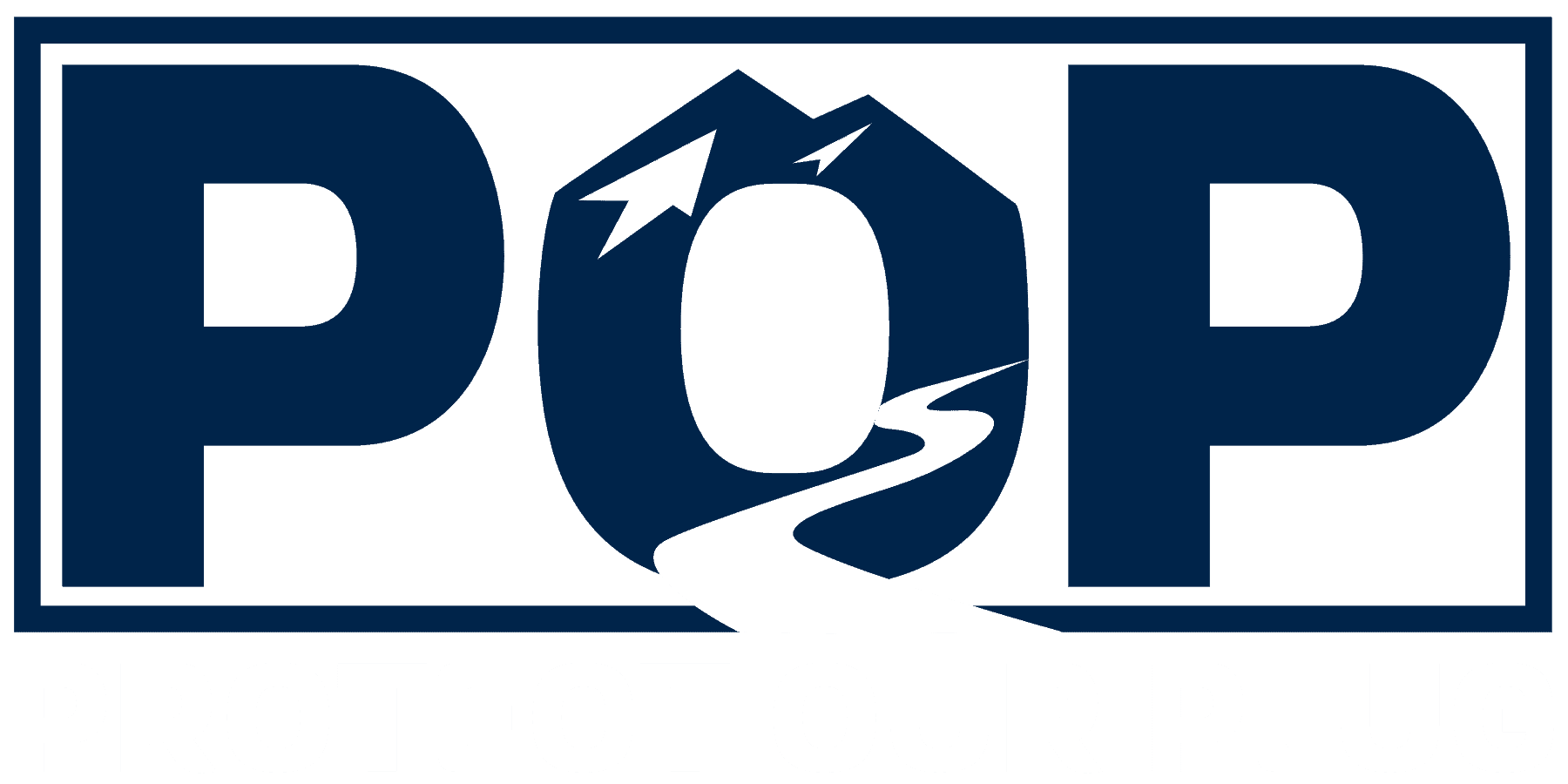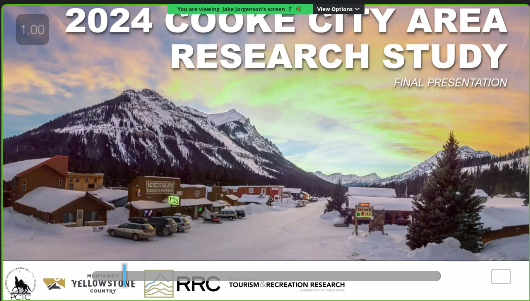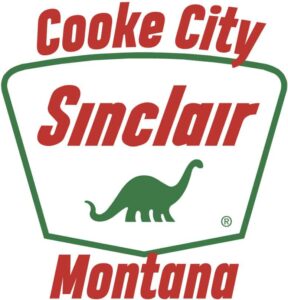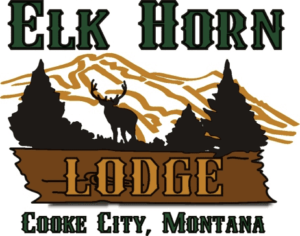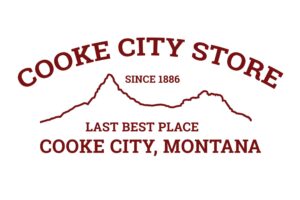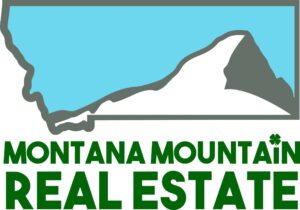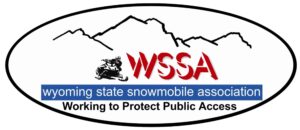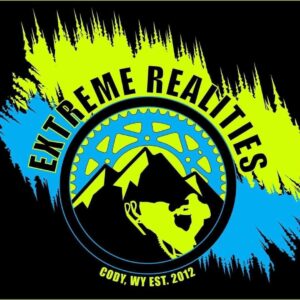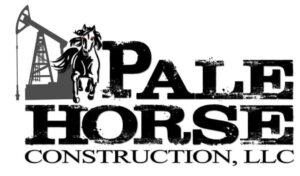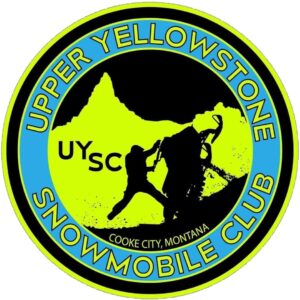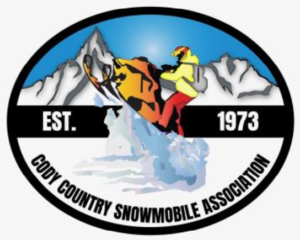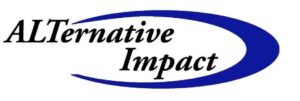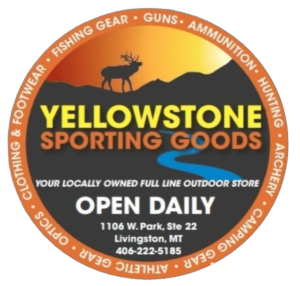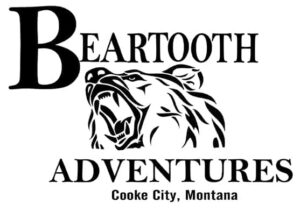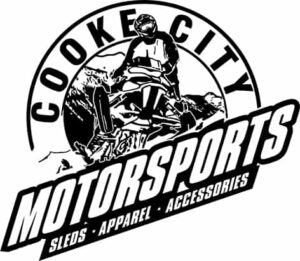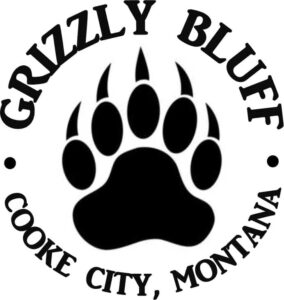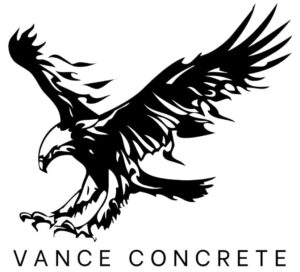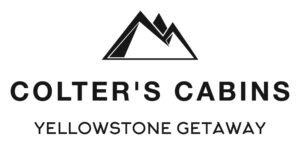Mission + History
Where the road ends the adventure begins!
Preserving Cooke City’s Winter Character: A Call for Responsible Planning
Protect Our Plug supporters have two main positions:
______
The vital snowmobile and ski economy depend on keeping Highway 212 “The Plug” unplowed until the creation of an equivalent replacement “Trail A” snowmobile trail (size & distance), and two USFS-approved parking lots are built.
The PARC committee (an independent group of businesses and individuals not affiliated with YNP) advocates for immediate road plowing without proper infrastructure. However, after 40 years as a unique winter destination, any changes should prioritize environmental stewardship and community needs as outlined below.

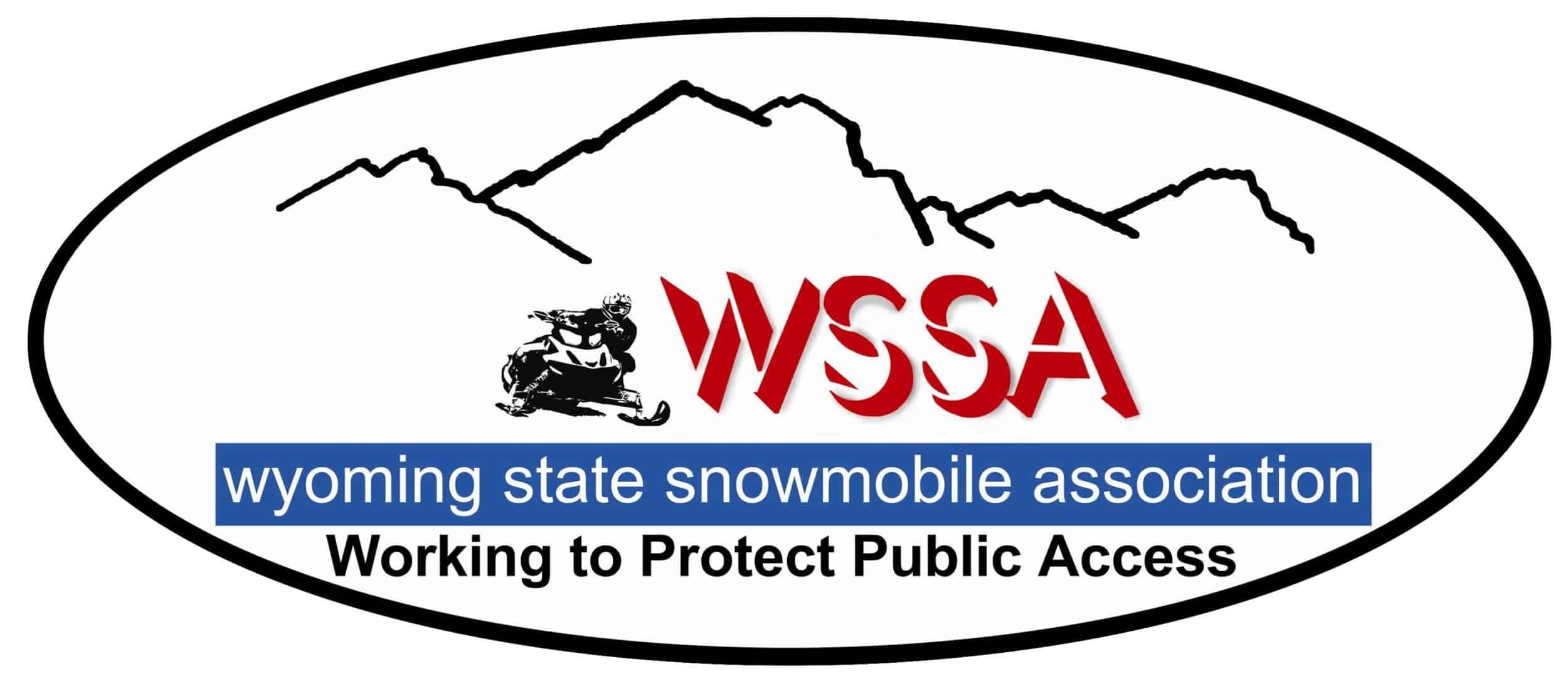
History:
Cooke City, voted “The Coolest Small Town in America”, sits in a narrow mountain valley just 4 miles from Yellowstone National Park’s Northeast Gate and 1.5 hours from Cody, Wyoming. This compact community features essential businesses including lodging, restaurants, gas stations, and local shops depending on the season.
While summer attracts global visitors for traditional park activities, Cooke City’s unique winter identity as an “end-of-the-road” destination has earned it recognition as a top-10 U.S. snowmobiling destination. Recently, the town has also gained prominence as a premier backcountry skiing location, drawing enthusiasts from across the globe after being featured in major ski media.
However, you don’t have to be a skier or snowmobiler to enjoy Cooke City’s end-of-the road feel.
Who Benefits from Plowing The Plug?
Outside entities including Xanterra, Cody, Red Lodge, and Gardiner Chambers of Commerce are pushing to open Cooke City’s winter road without local input or understanding of community impacts. Their campaign threatens Cooke City’s unique “Where The Road Ends, The Adventure Begins” winter identity – a vital tourism draw.
Converting Cooke City into a pass-through destination would not only bring more thru traffic to YNP for those looking to shave time off East-West commutes, but would redirect tourism revenue to neighboring communities while eroding the authentic Montana winter experience that makes Cooke City a unique and memorable destination for winter tourism.
Recent news articles of Xanterra’s acquisitions near National Parks sheds light on their possible interest in plowing the plug.
Environmental and Infrastructure Concerns:
- Some commercial septic systems are strained and inadequate for increased traffic.
- New parking areas would require extensive environmental impact studies, costing hundreds of thousands of taxpayer dollars.
- Loss of the designated snowmobile trail would force the creation of new routes, potentially damaging pristine areas.
- Increased winter traffic would impact wildlife patterns and habitat.
At any given time, there are 75 to 100 “rigs” at the Pilot Creek parking area. Cooke City lacks the infrastructure and parking to substantively accommodate this influx. Where do winter recreation users park when they trailer to the riding area and then back to town? It means that we are now looking at the need for two parking areas one in town and one on the mountain.
Businesses located on Colter Pass would loose their access to the snowmobile trail because it is illegal for snowmobiles and automobiles to share the road as cited in MCA-23-2-631.
Any new off/highway parking would require permission and environmental clearance from the USFS as stated by Mike Thom Gardner District Ranger. It would involve preparing an EA or EIS (Environmental Impact Study) which could potentially cost several hundred thousand dollars and take 3-5 years to complete.
Life Safety / Emergency Services:
Emergency Response Challenges:
- Current rapid snowmobile-based SAR system would be compromised
- No existing infrastructure for vehicle-based emergency response
- Lack of equipment and storage for new rescue vehicles
- Increased response times in extreme winter conditions making rescues cumbersome, logistically complicated, and dangerous with longer wait times for victims in adverse conditions.
At the present time SAR responds to emergencies on the mountain (injured skiers, snowmobilers, avalanches, lost individuals, etc.) by using SAR snowmobiles and rescue sleds which are staged and ready in the fire hall (click to watch video).
Since SAR & EMS does not possess any of the equipment needed to respond (trucks, trailers, etc.) if the road were plowed they would have an immediate need to purchase this equipment and proper infrastructure to store it.
Public Safety Risks:
- No cell service in area
- Absence of tow trucks, ambulances, and law enforcement
- Frequent 30-inch snowfalls requiring constant plowing
- GPS routing would mislead unprepared drivers into dangerous conditions
By not plowing, out-of-state travelers are stopped at designated closure points. Opening the plug adds risk for both emergency teams and travelers, especially with no cell service.
The plug area is often covered in several feet of snow which would mean constant plowing – like the effort it takes to keep the Togwotee Pass and Teton Passes open to automobile traffic. The Wyoming Department of Transportation spends about 30% of its budget keeping Wyoming roads open through the winter already.
Law Enforcement Issues:
- No current winter law enforcement coverage
- Increased vulnerability to theft and vandalism
- Property security concerns with vehicle access
- Limited sheriff’s office resources for expanded coverage
“A concern that has not received much attention is the need for greater law enforcement should the highway be open during the winter,” commented Steven Hinrichs, a long time Cooke City and Silver Gate resident. “Many of the properties don’t have anyone watching over them during the winter and while a stolen washing machine would be very obvious on a snowmobile, it wouldn’t be in a pickup. We probably could handle more broken windows and missing snow blowers but I hope consideration is being given on how to supplement the sheriff office’s coverage of CC/SG if the eastern roadway is always open.”
Cost to Plow The Plug:
- Yellowstone National Park spends about $300,000 – 400,000 a year plowing and maintaining the highway from the Northeast Entrance to Cooke City.
- Wyoming Department of Transportation estimated it would need to spend about the same amount that Yellowstone National Park spends if it decided to maintain its section of US 212, with about half being spent just on plowing.
- It is estimated initial start-up will be $1,500,000 for the first year. Yellowstone National Park has stated many times over that they have no interest in plowing the plug.
Economic Impact:
- Current winter tourism generates significant revenue (over $7.8 million in annual trip expenditures in NW Wyoming/MT sector).
- An impact study exists to validate claims about wildlife tourism not replacing winter recreation revenue.
- Impact on local businesses that rely on “sled to bed” tourism model.
Cooke City continues to grow as a ski and snowmobile destination. It has been falsely stated by some that business in Cooke City is languishing. The true fact is that Cooke City is growing and has been doing so at a steady pace for many many years.
Key Points That Support POP’s Mission
Loss of Snowmobile “Trail A” – 10 miles of groomed snowmobile trail which is the only access to town and to skiing and riding. Plowing the plug without addressing very legitimate economic concerns over backcountry access, as well as infrastructure and safety issues have adverse consequences that affect businesses and user groups from Gardiner to Cody, with most of the suffering absorbed by the Cooke City Economy. This impacts not only Cooke City’s economy but also Wyoming’s.
Wyoming would lose the trail from the state line to Pilot Creek and their back trail from Pilot Creek to the junction of Highway 212 and Highway 296. This has the potential to financially damage their trail system. Wyoming greatly benefits from the sales of non-resident user fee stickers sold in Cooke City.
Some would have you believe that it is possible to access our riding area from town using the Miller Trail but that is false. The 2023-2024 winter was a low snow year and it was not usable until the end of February.
The USFS may be willing to work with us on the creation of a new trail but this will take planning and an environmental impact study which is currently estimated to take 3-5 years per Mike Thom Gardiner District Ranger. With regard to automobiles and snowmobiles sharing the road Tad Dykstra Park County Montana Deputy stated that it would not be legal and cited MCA 23-2-631.
Community Impact:
The current “end-of-road” status preserves:
Ongoing:
POP welcomes discussion with parties interested in plowing the plug and believe our voices should have equal representation at local, state, and federal meetings.
Before any changes, POP requests:
1. Comprehensive environmental impact studies.
2. Infrastructure improvements protecting natural resources.
3. Community-led planning ensuring environmental preservation.
The goal is to ensure any changes protect both the community and its unique mountain ecosystem for future generations.
POP continues to seek transparency on why Xanterra, PARC, Cody WY, Red Lodge, Livingston, and Gardiner MT chambers of commerce, have interest in opening Highway 212 in the winter.
